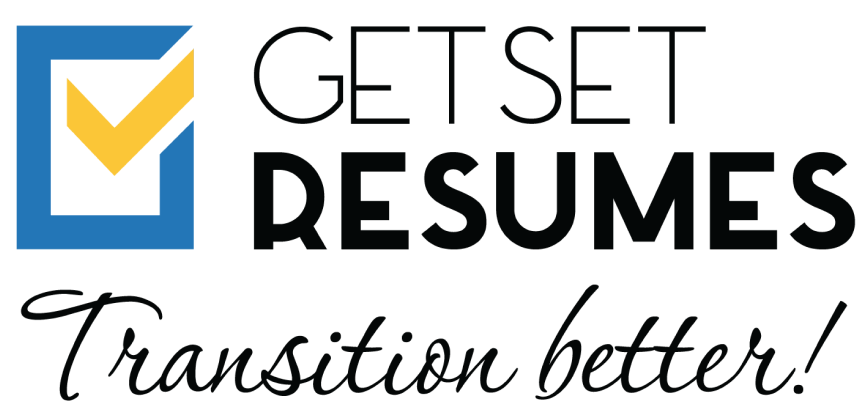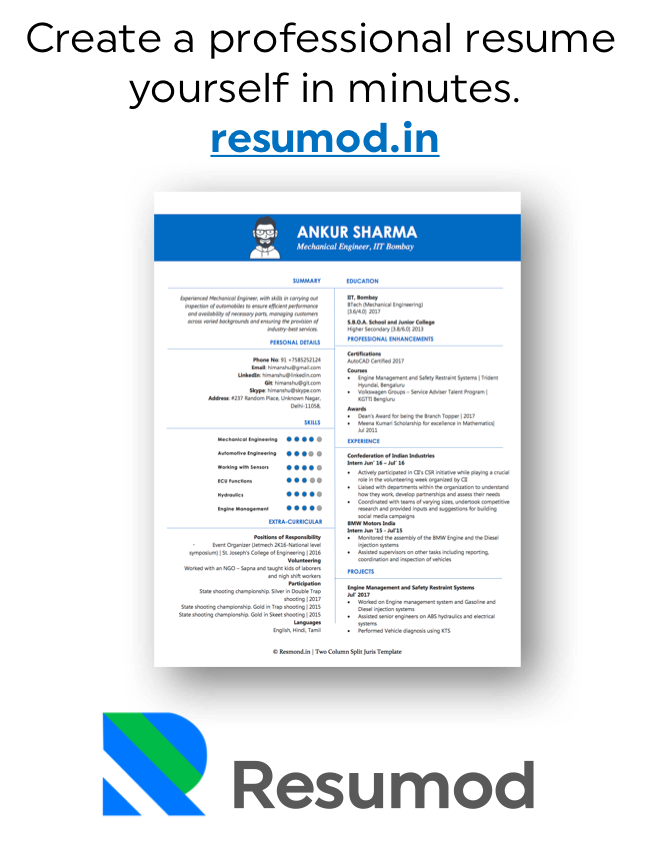Meet Vanshika, a talented graphic designer who found herself hopping from one job to another every couple of years. Despite her skills, she felt unfulfilled and lacked a sense of direction. It wasn’t until she decided to focus on building a career rather than just securing a job that things started to change. By shifting her mindset and approach, Vanshika found a position that aligned with her long-term goals, passions, and values.
Vanshika’s story is not unique. According to a poll, 85% of people worldwide feel disengaged at work. This disengagement often stems from the lack of a clear career path and purpose. Let’s understand how to differentiate between a job and a career, and how to craft a resume that supports your career aspirations.

Job vs. Career: What’s the Difference?
Definition and Scope
A job is a specific position of employment with defined duties and responsibilities. It’s often seen as a means to earn money and may not necessarily align with your long-term goals.
A career, on the other hand, is a long-term professional journey built around your passions, skills, and aspirations. It’s a series of connected employment opportunities, where you build up skills at jobs over time. A career provides you with opportunities for advancement and personal growth.
Commitment and Growth
In a job, your commitment is usually limited to the role’s responsibilities and the period you are employed. There is often minimal room for personal or professional growth beyond the job’s requirements.
A career requires a deeper commitment. It involves continuous learning, skill development, and taking on challenges that prepare you for future roles. It’s about looking at the bigger picture and understanding how each role fits into your overall professional journey.
Impact and Fulfilment
A job might not provide a sense of purpose beyond the paycheck. It can be fulfilling in the short term but may lack long-term satisfaction.
A career offers a sense of purpose and direction. It’s about making an impact in your field, contributing to something larger than yourself, and achieving personal and professional fulfilment.
Crafting a Resume for a Career, Not Just a Job
Research and Self-Assessment
Start with self-assessment. Understand your strengths, weaknesses, interests, and values. Identify your long-term career goals and how the roles you apply for will help you achieve them. According to a study by the National Bureau of Economic Research, individuals who align their jobs with their passions are more likely to succeed and feel satisfied.
Tailor Your Resume to Your Career Goals
One-size-fits-all resumes rarely work when you’re aiming for a career. Customize your resume for each application to highlight how your experiences, skills, and achievements align with the job description and your career goals.
Use a Professional Summary
Instead of a generic objective statement, use a professional summary at the top of your resume. This should be a concise paragraph that outlines your career goals, key skills, and what you bring to the table.
Example:
Passionate graphic designer with over 5 years of experience in creating visually compelling designs for digital and print media. Seeking to leverage my skills and creativity in a dynamic environment to drive brand success and career growth.
Highlight Relevant Experiences and Achievements
Focus on experiences that have contributed to your professional growth and align with your career objectives. Use bullet points to detail your responsibilities and achievements, emphasizing quantifiable results.
Example:
- Designed marketing materials that increased client engagement by 40%.
- Led a team of 5 designers on a project that won the 2020 Design Excellence Award.
Showcase Your Skills and Certifications
Include a skills section that highlights both your technical and soft skills relevant to your career. Also, list any certifications, courses, or workshops that demonstrate your commitment to professional development.
Example:
- Adobe Creative Suite (Photoshop, Illustrator, InDesign)
- Certified Graphic Design Specialist (CGDS)
- Strong communication and team collaboration skills
Emphasize Continuous Learning and Growth
Employers value candidates who are committed to learning and professional growth. Mention any additional training, workshops, or courses you’ve taken that are relevant to your career. According to a Report, 94% of employees would stay at a company longer if it invested in their career development.
Professional Development
Include a section on your resume dedicated to professional development. This could include:
- Continuing education courses
- Industry conferences and workshops
- Memberships in professional organizations
Crafting a Compelling Cover Letter
Along with your resume, a compelling cover letter can set you apart. Use the cover letter to explain your career goals, why you are interested in the role, and how your background makes you a perfect fit. Personalize it for each application, reflecting on how the position aligns with your long-term career aspirations.
Example:
“With a strong passion for graphic design and a proven track record of success in creating impactful designs, I am excited about the opportunity to contribute to your team and grow my career at [Company Name].”
Networking and Professional Relationships
Building a career involves more than just submitting applications. Networking is crucial. Join professional groups, attend industry events, and connect with mentors who can guide you. According to a survey, 85% of all jobs are filled through networking.
Staying Adaptable and Open to Opportunities
The job market is dynamic, and your career path might take unexpected turns. Stay adaptable, keep an open mind, and be ready to seize opportunities that align with your career goals.
Conclusion
Crafting a resume for a career, not just a job, requires a strategic approach. By focusing on your long-term goals, continuously developing your skills, and effectively showcasing your experiences, you can create a resume that sets you on the path to a fulfilling career. Remember Vanshika? Her transformation from job-hopping to a satisfying career was possible because she understood and embraced the principles of career development. Your journey can be just as rewarding.



![Master Your Self Introduction: Tips for Senior Leadership Interviews [2025 Guide]](https://www.getsetresumes.com/blog/wp-content/uploads/2025/10/business-consultant-working-with-client-1140x660.jpg)


